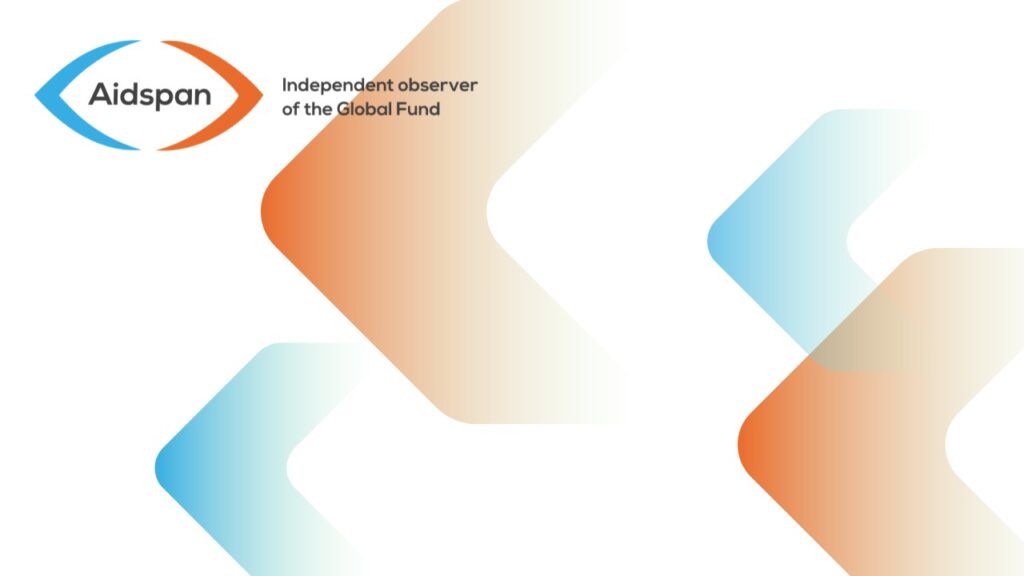
New report by Kaiser and UNAIDS shows 2017 spike in global funding for HIV
Author:
Kaiser Family Foundation and UNAIDS
Article Type:Article Number: 8
Apparent ‘boost’ due to shift in timing of U.S. disbursements, study finds
ABSTRACT This study from the Kaiser Family Foundation and UNAIDS finds donor government funding for HIV rose to US$8.1 billion in 2017, from $7 billion in 2016, due to a shift in the timing of U.S. disbursements. This would appear to contradict recent reports of a 'flat-lining' of donor funding for the HIV response, but the study says this boost included funds appropriated but not spent from previous years.
Donor government disbursements to combat HIV in low- and middle-income countries increased 16 percent from US$7 billion in 2016 to US$8.1 billion in 2017 – though the higher total stems largely from the timing of U.S. funding and is not expected to last, a new report from the Kaiser Family Foundation and the Joint United Nations Programme on HIV/AIDS (UNAIDS) finds.
The increase follows two years of declines in donor support for HIV and results largely from a boost by the United States, the world’s largest donor nation, which increased disbursement from US$4.9 billion in 2016 to US$5.9 billion 2017, including funds appropriated but not spent from previous years. New U.S. appropriations have been flat for several years, suggesting that future disbursements will likely fall back to prior levels.
While eight of 14 donor governments reduced their spending on global HIV efforts in 2017, increases by the U.S. and five other donors more than offset these declines. Bilateral aid went up, due to the U.S. increase. Multilateral contributions to the Global Fund to Fight AIDS, Tuberculosis and Malaria also increased.
Donor government funding supports HIV care and treatment, prevention and other services in low- and middle-income countries. The report notes that without new commitments by other donor governments, however, future funding for HIV is likely to return to lower levels.
“UNAIDS is deeply concerned that a lack of sufficient resources will mean more deaths and more new HIV infections that can be prevented,” said Michel Sidibé, UNAIDS Executive Director. “Even a 20% cut in international funding would be catastrophic for the 44 countries who rely on international assistance for at least 75% of their national HIV responses.
“This year’s increase is more an anomaly than a trend as it doesn’t reflect new resources,” said Kaiser Family Foundation Vice President Jen Kates, Director of Global Health and HIV Policy. “Going forward, the urgency to identify alternative funding sources grows if the global community wants to reach its HIV targets.”
After the U.S., the governments making the largest contributions to global HIV efforts include the U.K. (US$743.9.million), France (US$267.7 million), the Netherlands (US$202.6 million), and Germany (US$161.9 million).
The new report, produced as a long-standing partnership between the Kaiser Family Foundation and UNAIDS, provides the latest data available on donor government funding based on data provided by governments. It includes their bilateral assistance to low- and middle-income countries and contributions to the Global Fund as well as UNITAID. “Donor government funding” refers to disbursements, or payments, made by donors. Donor contributions to multilateral organizations are counted as part of their disbursements.
For further reading:
- A poster presentation on this study by Jennifer Kates and colleagues at AIDS 2018
- The full report on the Kaiser Family Foundation website.
For further information:
Tiffany Ford Fields (Kaiser Family Foundation) Telephone: +1 (202) 347-5270 Email: tford@kff.org Sophie Barton-Knott (UNAIDS)Telephone: +41 22 791 1697 Email: bartonknotts@unaids.org
